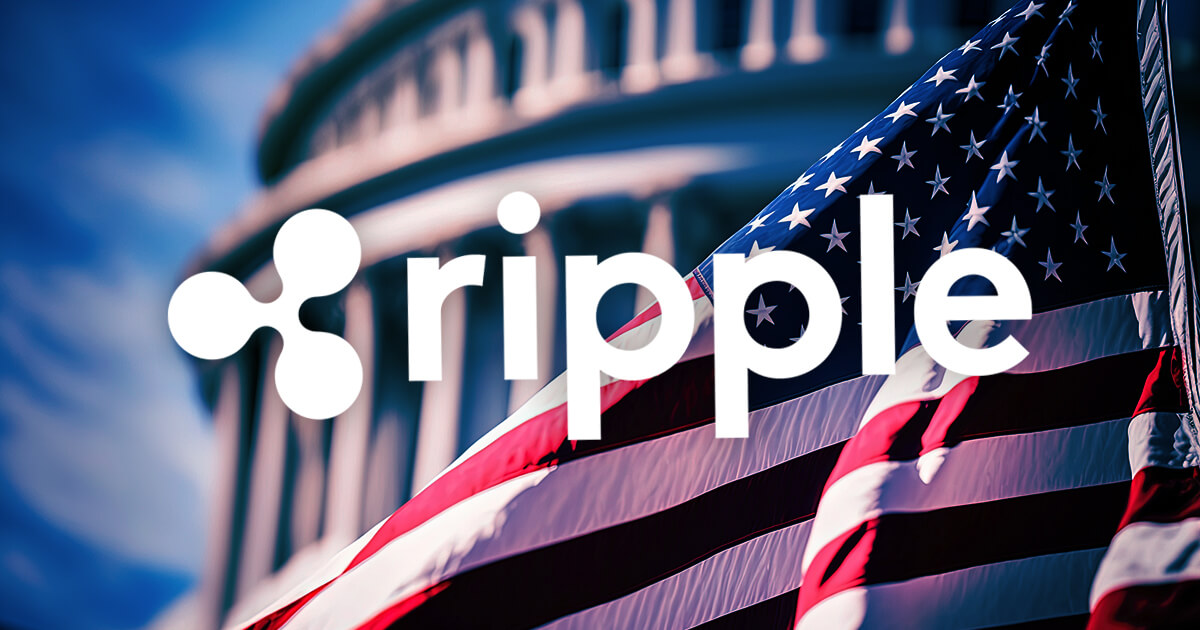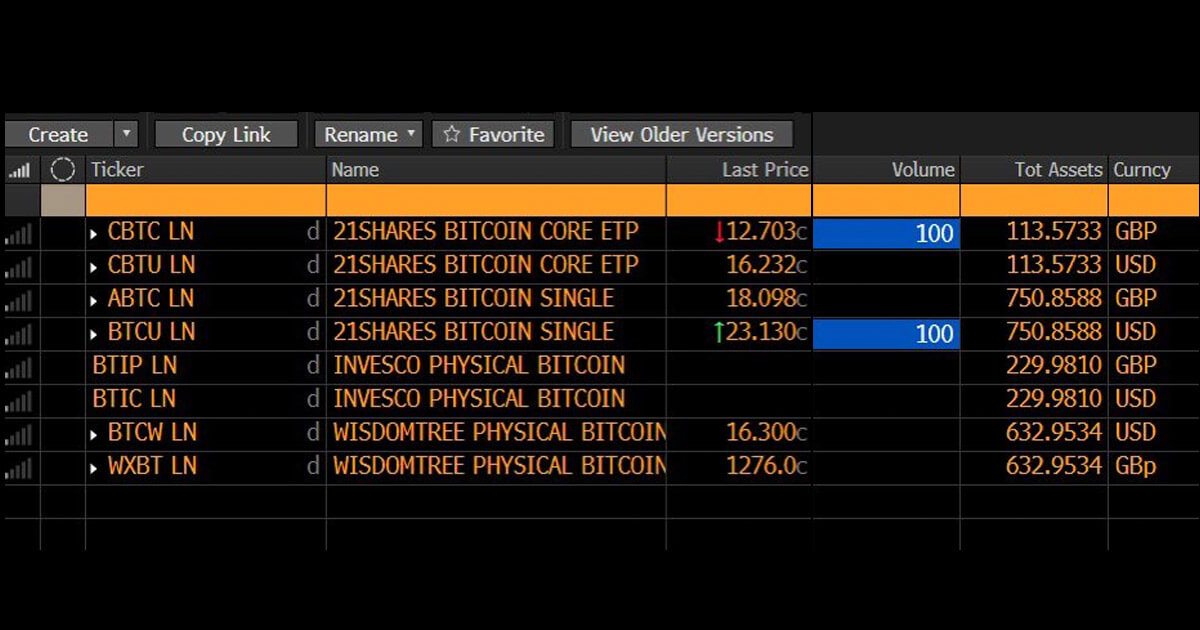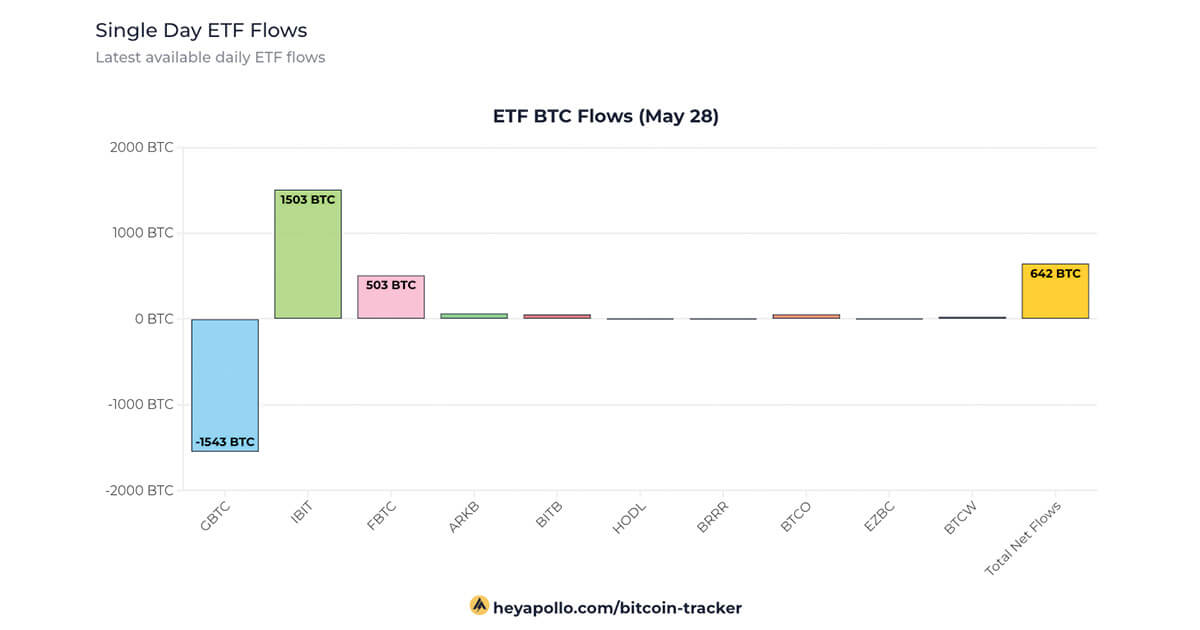
2020-9-25 20:59 |
As Congress debates the potential of a second coronavirus stimulus bill, 9 million Americans are still waiting for their first $1,200 payment check to arrive in the mail. The inability of our existing financial infrastructure to respond quickly and effectively to an emergency like COVID-19 has prompted fresh debate about how innovations like digital currencies could help.
With the pandemic also encouraging the use of touchless payments instead of cash, it’s no surprise to see Central Banks around the world racing to cement their perspective on the issuance of Central Bank Digital Currencies (CBDCs). Governments that once viewed digital assets as a threat, now see how companies like Ripple are working closely with traditional financial institutions to develop efficient, innovative global payment solutions that directly benefit businesses and individuals.
The digital asset industry has finally matured to the point that CBDCs are now a question of when, not if. While COVID-19 has prompted specific reasons for increasing mainstream acceptance and understanding of the benefits of digital assets, the longer-term outlook for CBDCs takes in broader economic benefits, including more efficient payment systems, greater financial inclusion and increased scope for innovation.
Bridging the Gaps Between a Range of SolutionsMany of the world’s Central Banks have already begun exploring the feasibility and utility of digital currencies, with China expected to launch its CBDC into production this year. The goals of each country’s CBDC will be driven by its specific market challenges and opportunities, which makes it inevitable that different solutions and technologies will emerge from each environment.
While focusing on domestic use cases is understandable for individual countries, we live in an increasingly interconnected global economy. It will be critical to bridge the gaps between the various CBDC initiatives with existing payment systems as well as other digital currencies to ensure they are successful on a global scale.
The key is that each system must contain core functionality that enables it to operate seamlessly with other payment systems. Ripple believes in leveraging open protocols and standards, developed in partnership with private stakeholders such as payment service providers, financial institutions and fintech companies, to achieve interoperability
Ripple’s global payments network, RippleNet, is built on open, interoperable protocols designed to enable value transfer across multiple networks by defining how simple functions, provided by individual networks, should work together. Ensuring this level of interoperability creates a network-of-networks that significantly boosts the utility of each CBDC.
Crossing Borders for Global SuccessIn a recent BIS survey, Central Banks not surprisingly rated “improving efficiency of payments” as a key motivation for issuing CBDCs. For many companies and individuals—both domestically and across the globe—the ability to make low-cost, real-time global payments is critical to the success of their business or the welfare of families back home.
Neutral bridge assets will allow for frictionless value movement between various CBDCs without requiring each one to solve the liquidity challenges inherent in cross-border transactions. Currently, financial institutions need to park capital in multiple markets around the world as pre-funding or support the need for immediate exchange, which increases the cost and risk of payments.
RippleNet’s On-Demand Liquidity service allows financial institutions to transact in real-time across multiple global markets using the digital asset XRP and such a solution can also support the direct exchange of CBDCs. XRP is faster, less costly and more scalable than any other digital asset, making it the ideal instrument in bridging two different currencies quickly and efficiently.
Using a neutral and efficient digital asset like XRP also reduces the hegemonic influences of the most powerful nations and helps level the playing field in the international trade’s payment system.
Creating the Internet of ValueAt Ripple, we’ve witnessed the real value of a truly connected global payments system. Changing the way money moves gives companies and consumers more access to and confidence in the global financial system, making everyone’s lives better.
We welcome the advent of CBDCs as another driver in the adoption and development of digital currencies and payment systems that will benefit billions of people around the world. However, it is critical that each new CBDC is designed with interoperability in mind, using the kind of open standards and protocols that have been so successful in the globalization of information via the internet.
We don’t believe there will be one digital asset to rule them all, nor do we think that a dominant digital currency, whether decentralized or government-backed, is a good thing for the global economy. Instead, we will continue to work with central banks globally to create an environment where CBDCs and independent digital assets co-exist and complement each other, achieving an Internet of Value where money moves as freely as information does today.
If you’re a bank or financial institution interested in learning more about CBDCs, we encourage you to request your invitation to Ripple Swell Global 2020, October 14 and 15, and virtually join the Central Bank panel discussion.
The post Interoperability Will Determine CBDC Winners and Losers appeared first on Ripple.
Similar to Notcoin - Blum - Airdrops In 2024
LikeCoin (LIKE) на Currencies.ru
|
|














